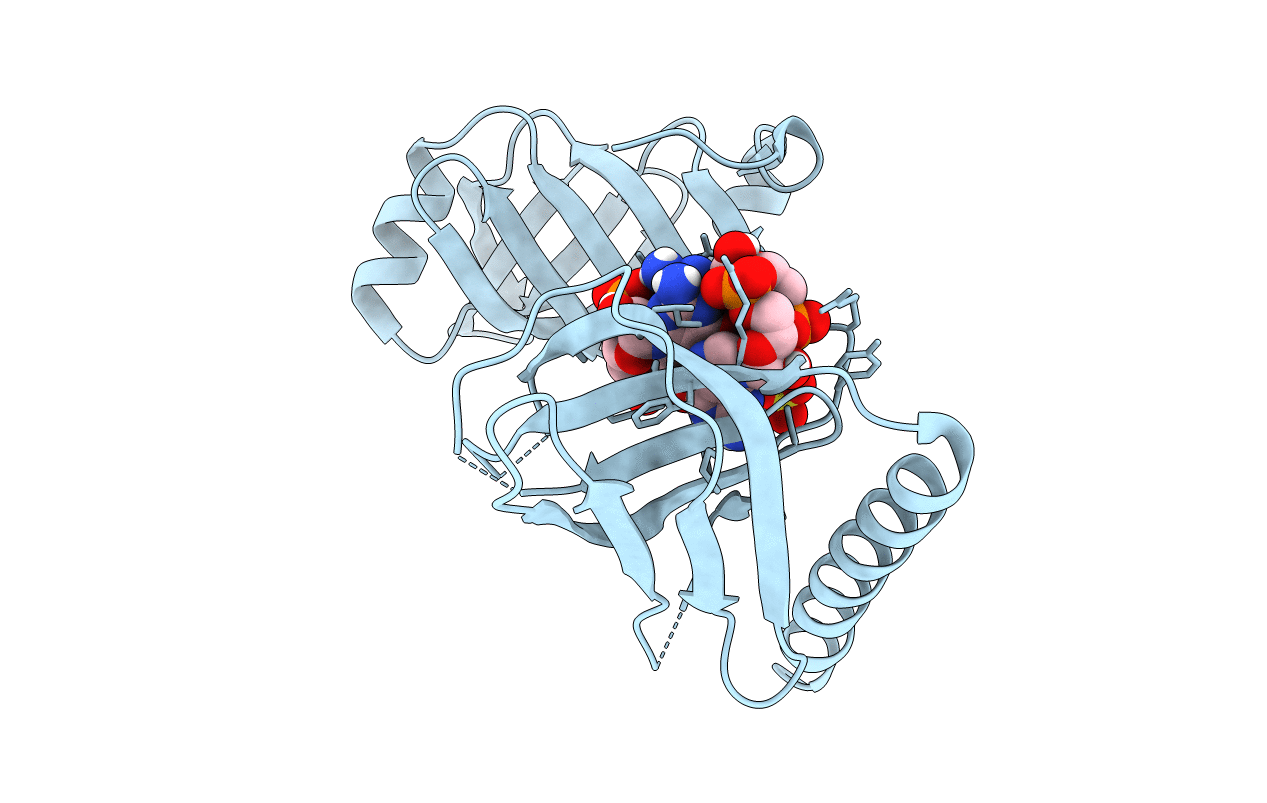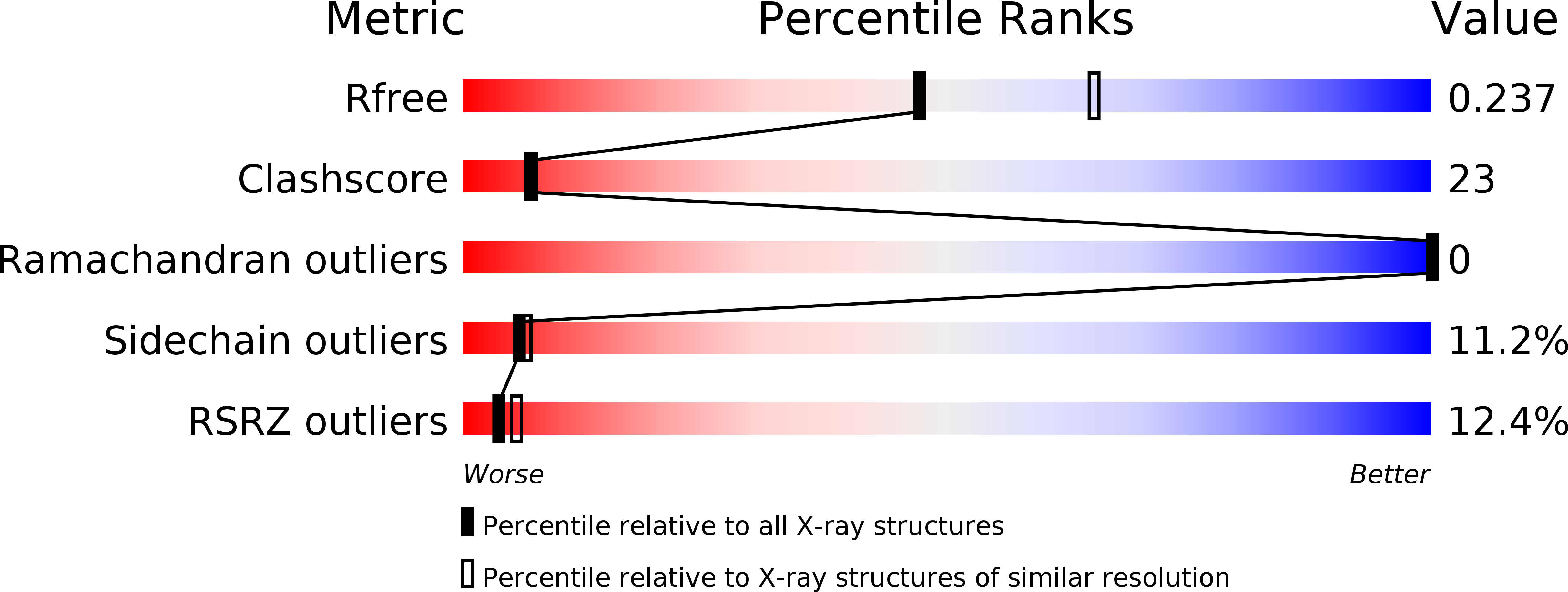
Deposition Date
2017-08-11
Release Date
2018-07-18
Last Version Date
2024-03-27
Entry Detail
PDB ID:
5Y6F
Keywords:
Title:
Crystal structure of YcgR in complex with c-di-GMP from Escherichia coli
Biological Source:
Source Organism:
Escherichia coli (strain K12) (Taxon ID: 83333)
Host Organism:
Method Details:
Experimental Method:
Resolution:
2.30 Å
R-Value Free:
0.23
R-Value Work:
0.18
R-Value Observed:
0.18
Space Group:
H 3


